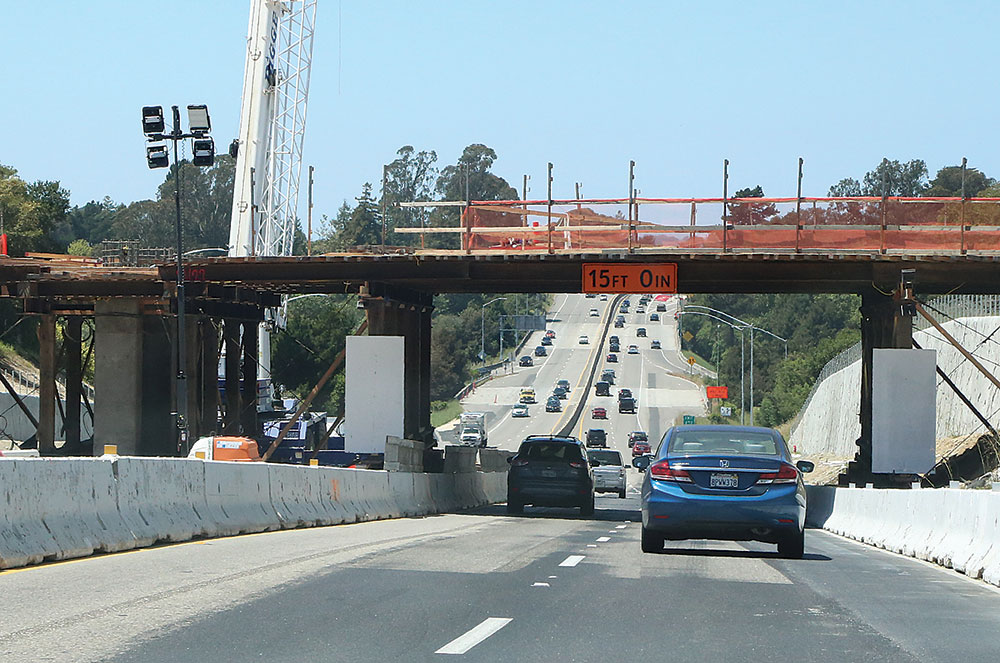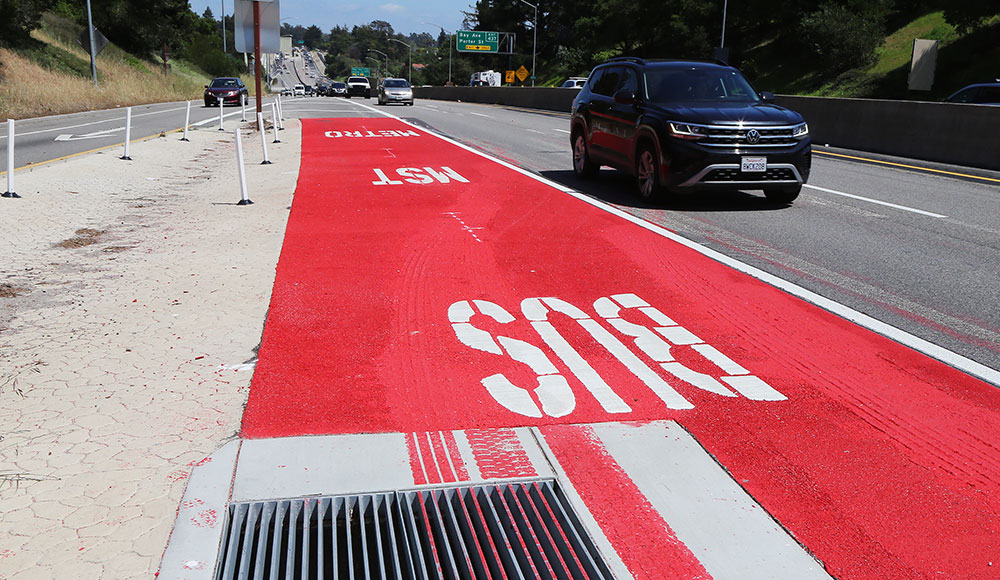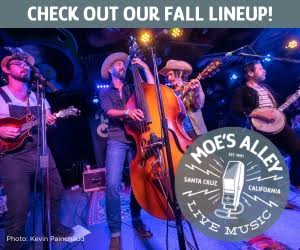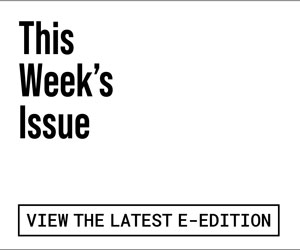It’s probably the most-asked question in the county today. Large swaths of Highway 1 lanes between Soquel Drive and 41st Avenue have been painted bright red as part of the ongoing Bus-On-Shoulder project but what do they mean? How will they work? Are the third lanes along the freeway edges for buses only?
We reached Amin Abuamara, the director of capital projects for the Regional Transportation Committee, who gave us the answers in a way we could understand (which up to now nothing else has).
- The new auxiliary lanes on the edges of the freeway can be used by buses or cars. They are designed for cars going from one exit to the next. They will be built in three stages from Soquel Drive to Freedom Boulevard.
- The first stage from Soquel Drive to 41st Avenue should be finished by July 30.
- The red boxes, which are a new concept called Bus-On-Shoulder lanes, are, as it says, only for buses getting on or off the exits. They are meant to speed up buses and make them more desirable. Cars aren’t allowed on them, thus the red warning. Those boxes won’t be operational until the second segment is finished.
- The next segment, Bay/Porter to State Park Drive, won’t be finished until fall 2026. That one is funded and the segment after that, which will go to Freedom Boulevard, is awaiting funding. That last segment is 95 percent designed and could be finished in two or three years, said Abuamara.
So, cars will have what appears to be an added third lane, but it won’t really increase traffic capacity much, said Abuamara. It should make it easier for drivers who want to only go from one exit to the next.
But what about drivers who want to jump onto the auxiliary lane and then cut back into the left two lanes of traffic?
“People will realize that’s not our way of driving,” the director said. “With time, people might think that’s not the proper way to do it.”
There are similar lanes on Highway 680, he said, that have proven to relieve congestion.
Bus drivers will need training to use the red boxes, so they won’t be in use until fall 2026, when 4.5 miles of auxiliary lanes should be finished.

The RTC’s website projects the costs of the lanes and bus shoulders in the first phase at $43 million with $98.7 million for the second phase and $238 million for all three phases up to Freedom, including a pedestrian crossing at Mar Vista Drive and a new bridge at Capitola Avenue. Some of the money comes from Measure D, which voters passed in 2016 and the rest from grants, according to Brian Zamora, assistant transportation engineer.
The contractor is Granite Construction of Watsonville.
On July 30, the RTC is planning to celebrate several completed projects, including the auxiliary lanes. The other is the Chanticleer bike and pedestrian bridge, the one with the whales on it.
The party is set for 5:30-7pm July 30 at the Chanticleer Overcrossing (it was originally planned for May 14).














Many of us in the neighborhood near the Chanticleer overpass are eager to give it a test walk…July 30th, it is !
$43 million with $98.7 million for the second phase and $238 million for all three phases up to Freedom, including a pedestrian crossing at Mar Vista Drive and a new bridge at Capitola Avenue. Some of the money comes from Measure D, which voters passed in 2016 and the rest from grants, according to Brian Zamora, assistant transportation
https://monkey-type.net/
Looking at those red bus only boxes it is clear that they are meant to allow a bus to occupy the exit lane, which is thought to be less congested than the through lanes, and then force-merge back into a continuing lane. Thus causing more congestion and crowding. I do not think this has been well thought out. In fact it reminds me of the ridiculous zig-zag mess on Portola Drive last year.
“People will realize that’s not our way of driving,” the director said. “With time, people might think that’s not the proper way to do it.” I disagree. I’ve been driving in this area since 1964 and drivers are already quick to take advantage of those auxiliary lanes, even if it only means a few car lengths.